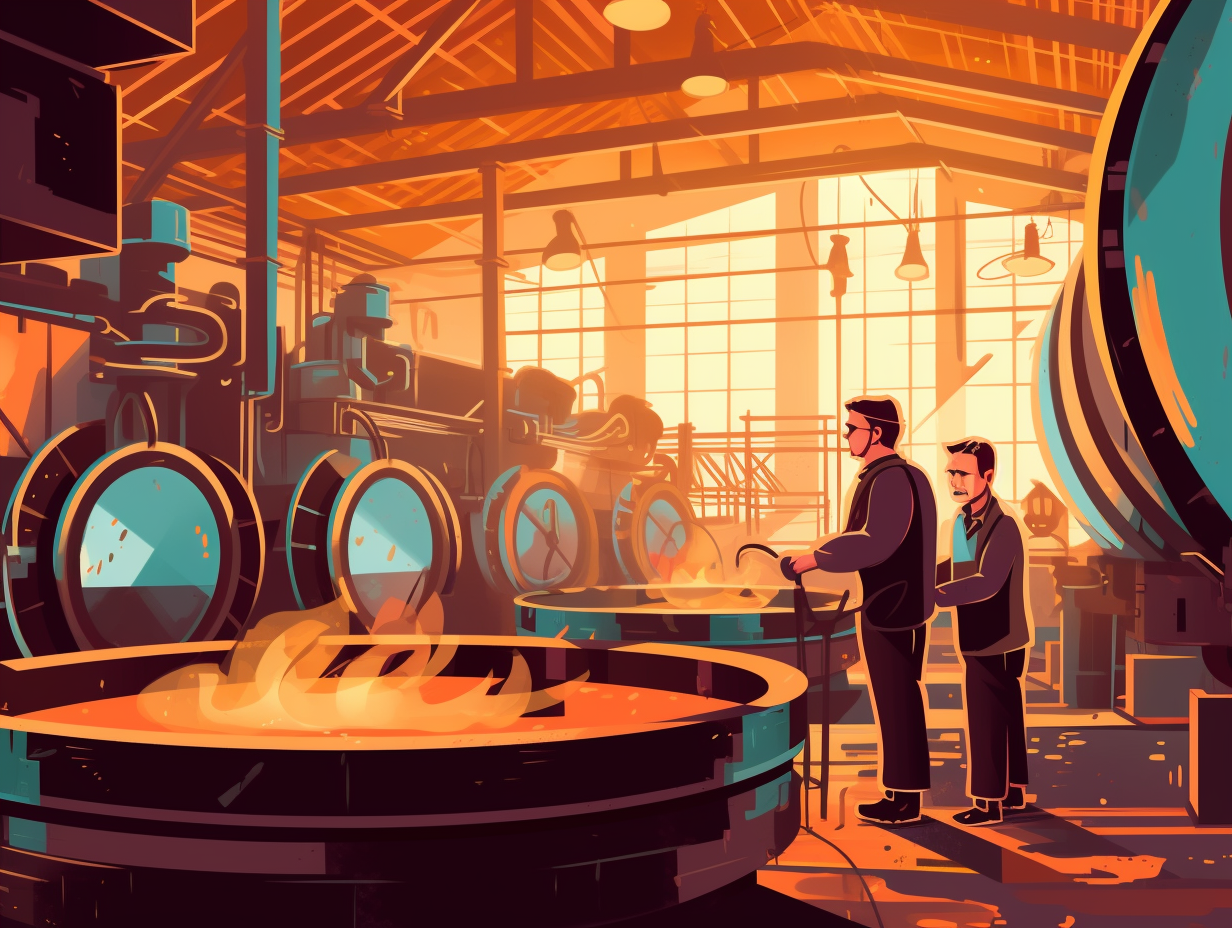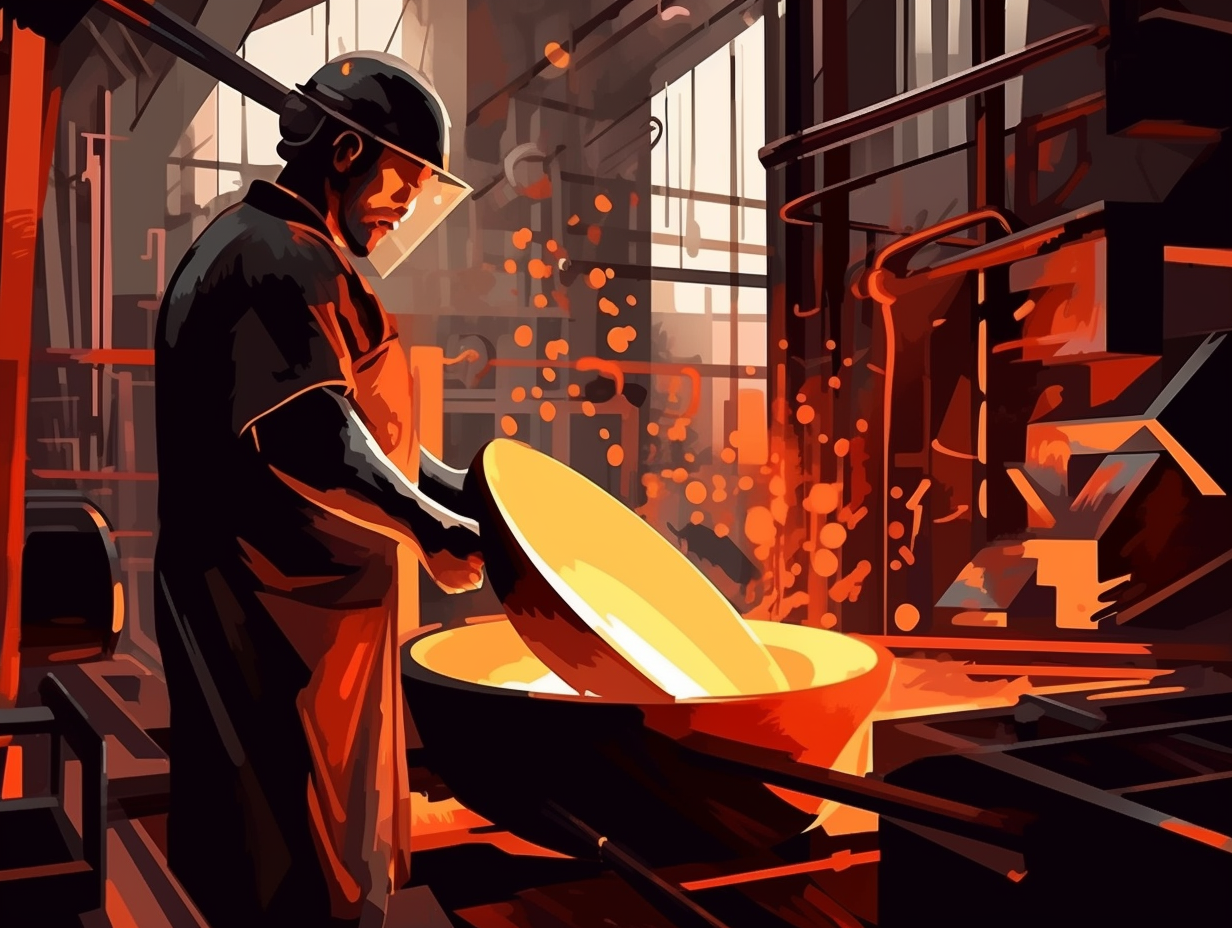Rev Up Your Knowledge: Top 7 Amazing and Fun Facts About Engines You Never Knew!

1. Steam-Powered Motorcycle Controversy
Before horsepower made way for "steampower," an inventive fellow named Sylvester H. Roper thought it'd be a hoot to ride the world's first motorcycle like it was the steam engine that could: Little did history buffs know that his Roper steam velocipede, created somewhere between 1867-1869, would be part of an ongoing debate of who brought motorcycles into existence first. In an ironic twist of fate, Sylvester met his end in 1896 while cruising on the upgraded version of his steam velocipede, that is now safely nestled in the Smithsonian Institution, evading steamy controversies.
Source => en.wikipedia.org
2. All-Fuel Chrysler Turbine Car
In a world where fighting over the TV remote wasn't enough, imagine squabbling for the aviation fuel in your garage: The Chrysler Turbine Car, an experimental vehicle produced between 1963 and 1964, was powered by a gas turbine engine that could run on diesel, unleaded gasoline, or even jet fuel, clocking over one million miles during a user program involving 203 drivers across 133 US cities!
Source => en.wikipedia.org

Did you know Volvo Trucks has an innovative solution to prevent drunk driving? Discover the Alcolock, a high-tech breathalyzer that's keeping roads safer in Europe! 🚚🍻🚫
=> Fun Facts about Automotive-Engineering
3. Steam Turbines: Champions of Facilities
Steam turbines: they're not just blowing hot air! These engine powerhouses make steamy dreams come true in modern hospitals, luxurious condos, and beyond: By expanding steam to release kinetic energy, steam turbines can produce several megawatts of power with various fuels like natural gas and biomass, becoming champions in combined cooling, heating, and power systems for large facilities. But let's not burst their bubble, as proper maintenance – controlling water levels, preventing corrosion, and keeping those boiler tubes squeaky clean – is crucial for a steamy long-term relationship!
Source => sciencedirect.com
4. 19th Century Speed Demons
Feeling the need for speed long before Vin Diesel's Great-Great-Great-Great-Grandparents were a twinkle in some fast and furious ancestors' eyes: In 1807, the Niépce brothers invented the Pyréolophore, the first internal combustion engine to power a boat, and French engineer François Isaac de Rivaz built a hydrogen-powered internal combustion engine which became the first to be used in an automobile in 1808. These trailblazing engines ran on radical experimental fuels like Lycopodium powder, finely crushed coal dust, and resin, putting the pedal to the metal in true early 19th-century style!
Source => en.wikipedia.org

5. Jet Engine Vacuum Cleaners
Compressors on commercial jet engines are like ridiculously overzealous vacuum cleaners, devouring unbelievable amounts of air by the second - but don't worry, they don't have a grudge against oxygen: In actuality, these efficient beasts whirl at speeds of 1000mph and inhale a whopping 2600lb of air per second, achieving compression ratios over 40:1, all to fuel our wondrous flight experiences through the sky.
Source => cs.stanford.edu
6. Henry Ford's Soybean Car Adventure
Before Henry Ford hopped onto the eco-friendly bandwagon, he dabbled in soy lattes – well, not quite, but his cars had a taste for soy and other organic materials: In the early 1940s, Ford unveiled a plastic-bodied car made from a secret chemical formula that included soybeans, wheat, hemp, flax and ramie. Sporting 14 plastic panels attached to a tubular steel frame, this trailblazing vehicle was 1000 pounds lighter than its steel counterpart. Alas, World War II put the brakes on this project, leaving the second unit in production high and dry.
Source => thehenryford.org
7. 3D-Printed Combustion Engine Makeover
Engineers in Germany must have been sipping on some "lightweight" German beer when they let this idea take flight: they've successfully 3D printed an internal combustion engine using selective laser melting technology, reducing its weight by almost 21% compared to traditional aluminum casting. On top of that, the redesigned cylinder head weighs 2.3 kg less, and the crankcase is 5.1 kg lighter - not to mention the improved cooling and more efficient oil circulation system. Prost to that!
Source => etmm-online.com
Related Fun Facts




















